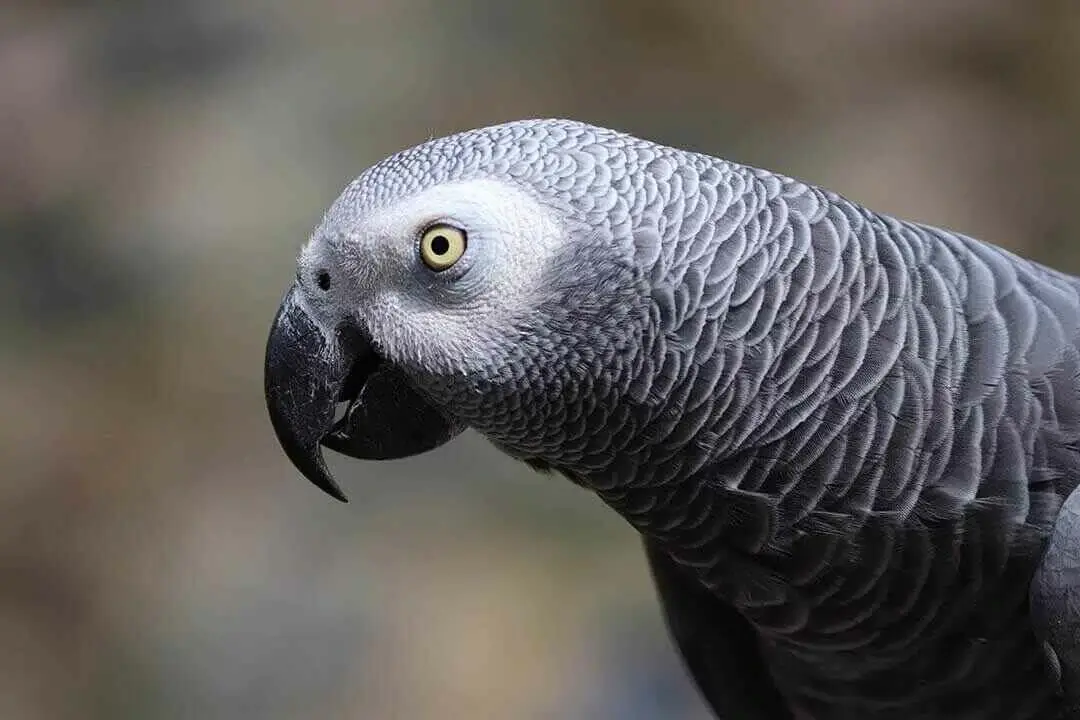
BIRDING IN
Kakamega Forest
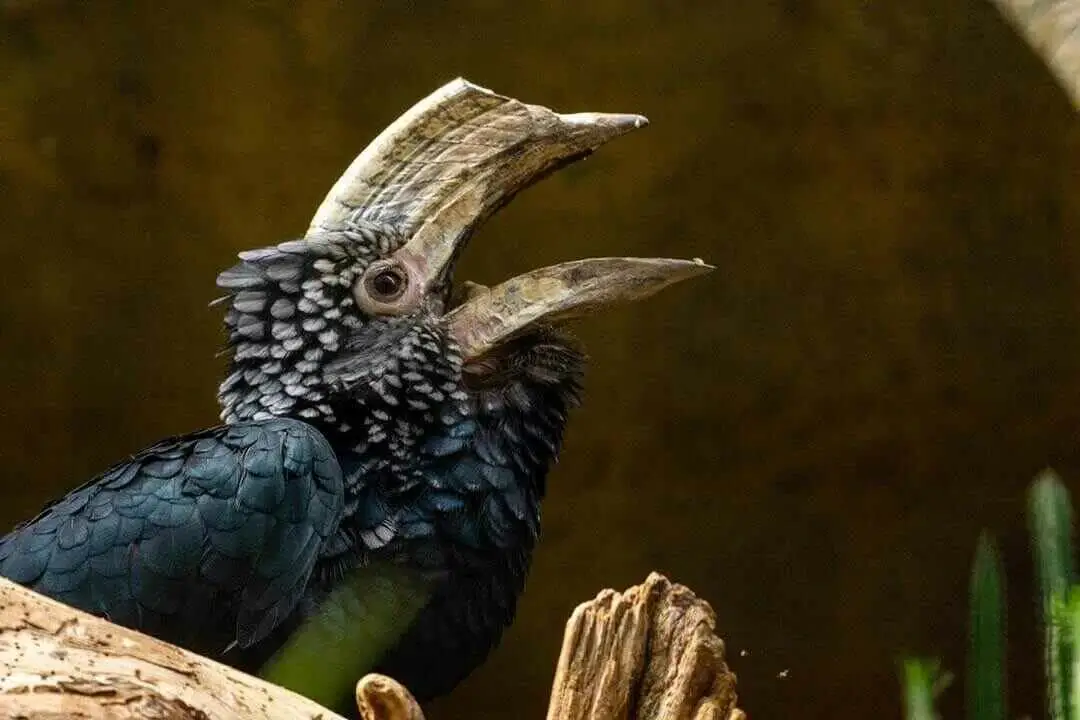
BIRDING IN
Kakamega Forest

BIRDING IN
Kakamega Forest

BIRDING IN
Kakamega Forest
The forest covers an area of 18,300 ha Forest Reserve with an altitude of 1,550 - 1,650 meters. It was first gazetted as Trust Forest in 1933, and two small nature reserves, Yala and Isecheno (700 ha), were established within the Forest Reserve in 1967. In 1986, nearly 4,000 ha of the northern portion of the forest, along with the adjacent 457 ha Kisere forest, were gazetted as a National Reserve, managed by the Kenya Wildlife Service. The site is a mid-altitude tropical rainforest, the easternmost outlier of the Congo Basin forests. Its West African affinities are unique in Kenya, and the forest contains many species found nowhere else in the country.
The forest lies in the Lake Victoria catchment, 40 kilometers north of Kisumu, and just east of the Nandi Escarpment that forms the edge of the central highlands. Only an estimated 10,000 hactares of the overall gazetted area is still closedcanopy indigenous forest, of which some 3,200 hactares is in the National Reserve. The remaining area consists of grassy and bushed glades (some natural, some maintained by fire or grazing), tea, cultivation and 1,700 ha of plantations of softwoods and commercially valuable hardwoods.
Kakamega forest is an important water catchment; the Isiukhu and Yala Rivers flow through the forest and gather tributaries from it. The terrain is undulating, with often steep-sided river valleys. The soils are well-drained, deep, heavily leached, clay-loams and clays, of generally low fertility. Rainfall is c.2, 000 milimeters per year, decreasing from south to north, and apparently declining due to deforestation. The avifauna is well known, rich, and unusual in its composition. Two globally threatened species occur, Muscicapa lendu (scarce resident) and Eremomela turneri (reasonably common). The 194 forest-dependent bird species (the highest total for any Kenyan forest) include many of Kenya's Guinea - Congo Forests biome species, as well as 33 of Kenya' s 70 Afrotropical Highlands biome species. The mixture reflects Kakamega's altitudinal position between lowland and montane forest.
Kakamega's avifauna is unique not only nationally, but continentally. Several species have isolated, relict populations here, including Andropadus ansorgei, Merops muelleri, Muscicapa lendu and Eremomela turneri, which are absent from all or nearly all of the superficially similar mid-elevation forests in Uganda. Muscicapa lendu is a restricted-range species that characterizes the Kakamega and Nandi forests Secondary Area, and is also present in the Albertine Rift mountains Endemic Bird Area. The presence of the eremomela indicates biogeographic links to the Eastern Democratic Republic of Congo lowlands Endemic Bird Area. Kakamega itself has few endemic taxa; among birds, there is an endemic subspecies (kavirondensis) of Andropadus ansorgei.
At least 16 bird species occur in Kakamega but nowhere else in Kenya, and another 30 (such as Psittacus erithacus) are probably now confined to this site. The grassy glades have their own distinctive avifauna, with many moist-grassland species that are now rare elsewhere in western Kenya. Regionally threatened species include Circaetus cinerascens (fairly common resident), Hieraaetus ayresii (relatively abundant), Stephanoaetus coronatus (resident in small numbers), Tyto capensis (no recent records), Glaucidium tephronotum (widespread at low density), Indicator exilis (not uncommon), Indicator conirostris (uncommon), Prodotiscus insignis (rare, with few recent records), Phyllastrephus baumanni (not uncommon, but rarely recorded), Kakamega poliothorax (extremely local and generally scarce), Sheppardia polioptera (patchily distributed), Hyliota australis (uncommon in forest canopy), Dyaphorophyia concreta (very local), Campephaga quiscalina (rarely recorded) and Euplectes hartlaubi (local).
Kakamega Forest has 410 bird species of which 194 are forest-dependent, two globally threatened species are known to occur in Kakamega, Chapin's Flycatcher and Turner's Eremomela, others bird species includes; Pygmy Kingfisher, Yellow-crested Woodpecker, Black-billed Turaco, Martial Eagle, Crowned Eagle, Black and White Casqued Hornbill, Jameson's Wattle-eye, Red-breasted Owlet, Shining-blue Kingfisher, Blue-breasted Bee-eater, Chubb's Cisticola, Yellow-billed Woodpecker
Our Experts are ready to provide answers
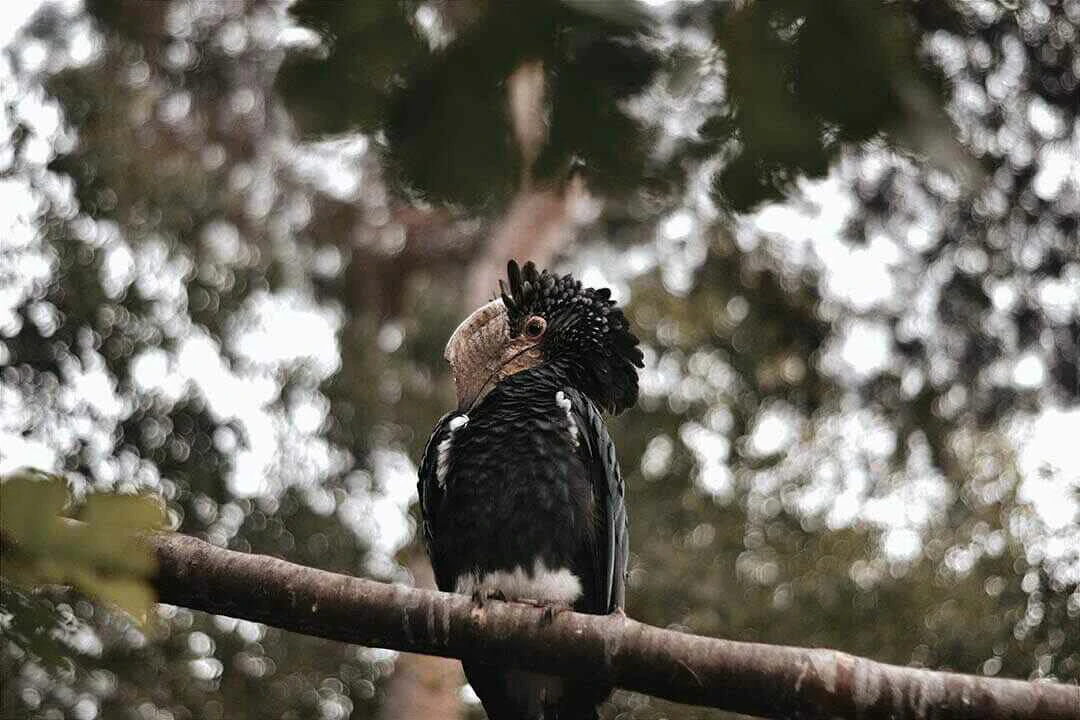
Over 200 bird species have been recorded, including Aviceda cuculoides, Buteo oreophilus, Francolinus jacksoni, F. psilolaemus and Tauraco hartlaubi. Nectarinia johnstoni is found on the high peaks, foraging largely on lobelias, while other montane sunbirds (including Nectarinia tacazze, N. reichenowi, N. famosa and N. mediocris) are common at slightly lower altitudes.
Read More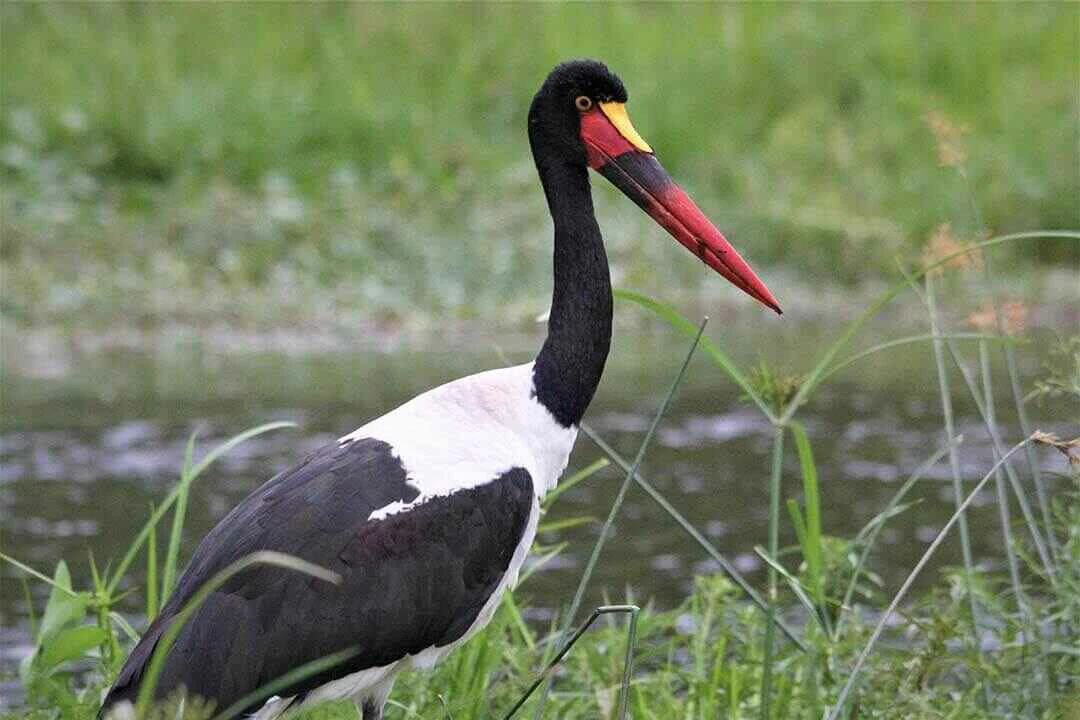
Some 244 bird species are known from this Important Birding Area. The area is important as the southern limit of many Sudan - Guinea Savanna biome birds. The most interesting species known from this little explored region is the submontane sunbird Nectarinia preussi of the Afrotropical Highlands biome.
Read More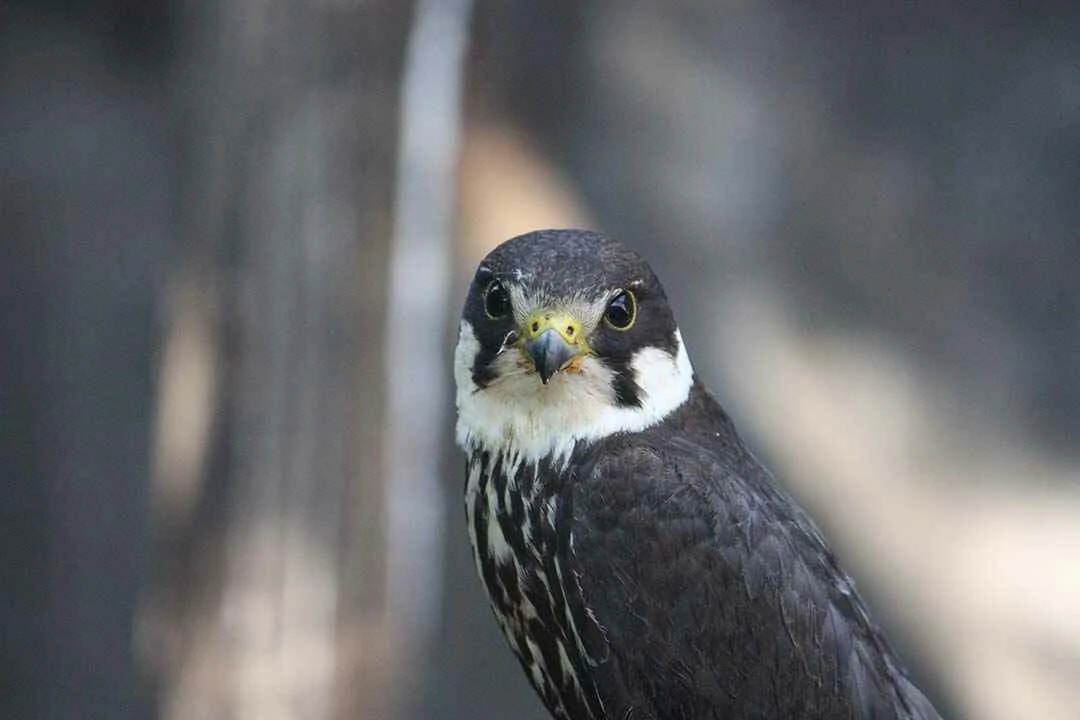
This is probably the world stronghold of Macronyx sharpei, a threatened Kenya bird endemic. The species is confined to grassland, preferring short-grass fields with tussocks, and in good habitat occurs at densities of 0.8 individuals/ hactares. Cisticola aberdare is thought to occur in the higher parts of the plateau, close to the Aberdare mountains,
Read More
Lake Elementeita is home to 13 globally threatened bird species and some of the highest bird diversities in the world. Due to the assemblage of various birds of conservation concern, such as the threatened, range-restricted Grey-crested Helmet-shrike nearly threatened which occurs in the surrounding woodland where it may be resident.
Read More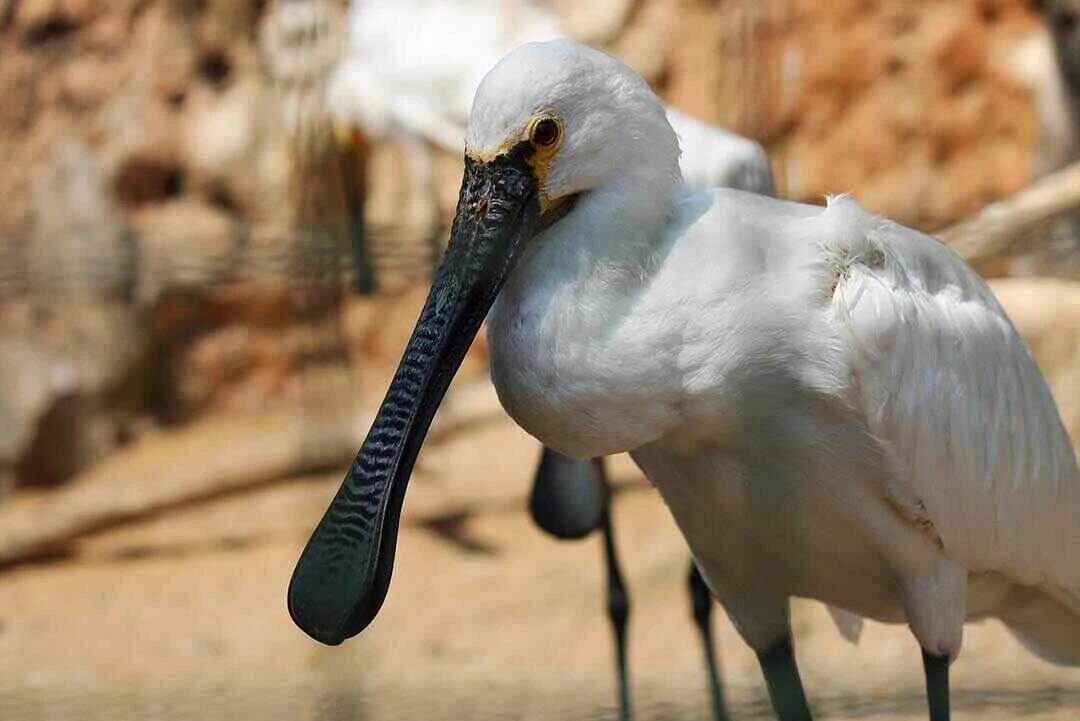
Bird life is concentrated at the lagoons. Phoenicopterus minor is often present in internationally important numbers though Magadi is a much less significant feeding site for this species than Bogoria or Nakuru.
Read More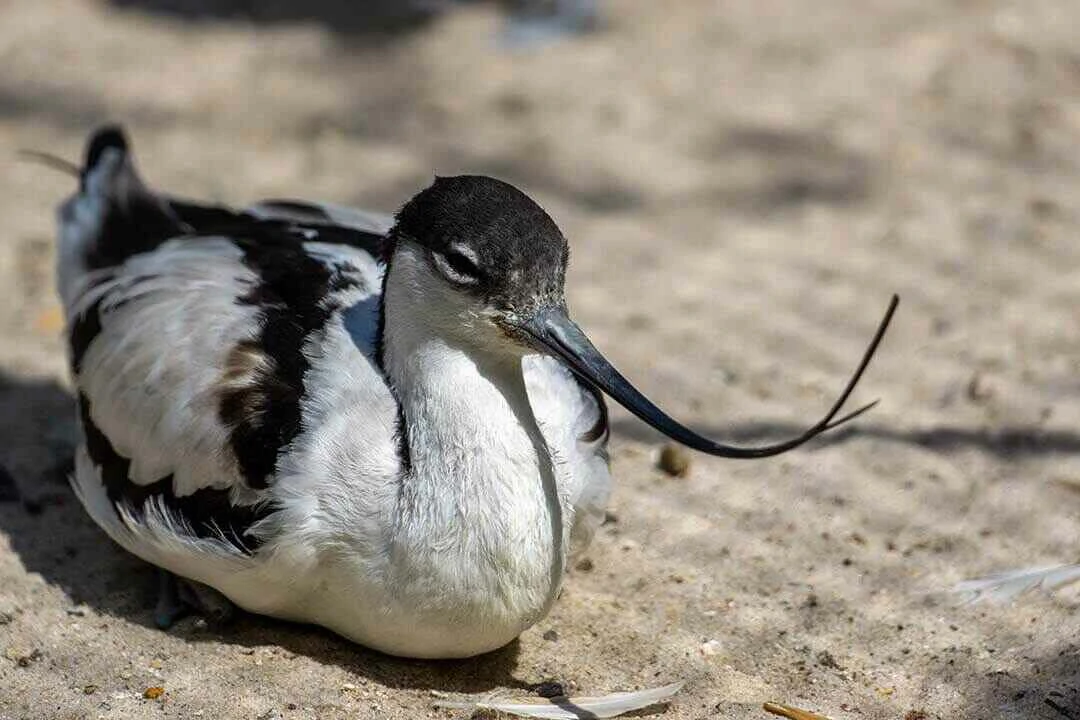
Lake Naivasha and its surrounding harbour numerous bird species that include kingfishers, pelicans, great cormorants, fish Eagles, Pelicans, Grey-backed fiscal, hawks, cuckoos, woodpeckers, shrikes, Cape Teal, Pied Avocet, Black Heron, Goliath Heron, Maccoa Duck, Great White Pelican, Common Greenshank, Ruff, Green Sandpiper, Hilderbrandt's Francolin, Arrow-marked Babbler, African Fish Eagle.
Read More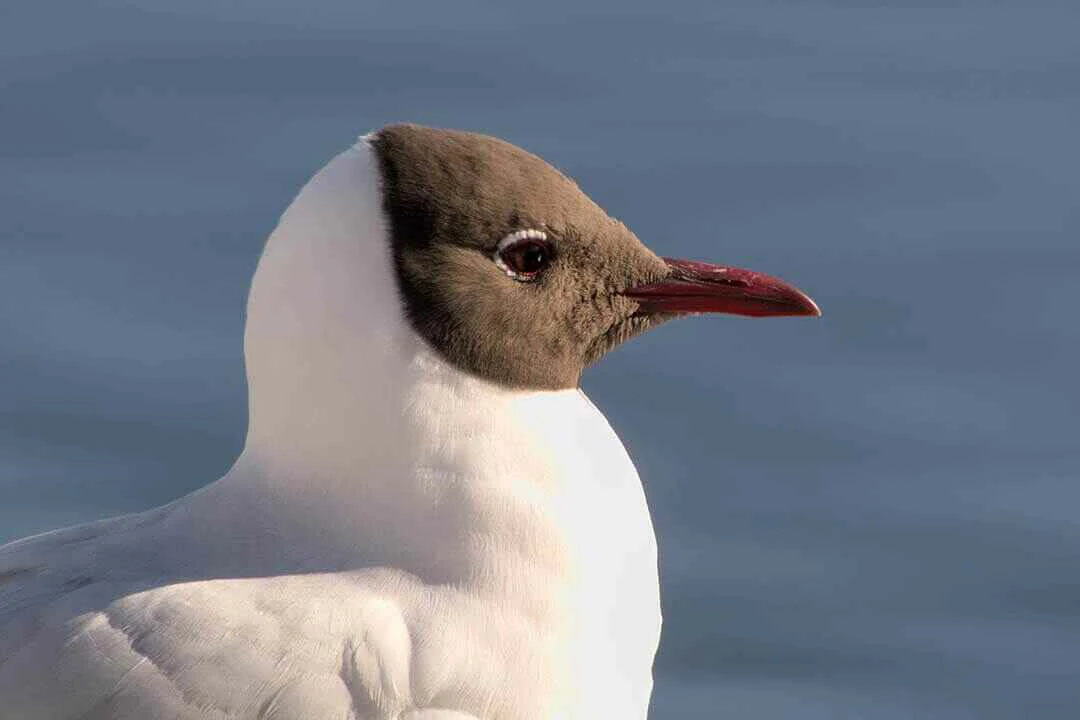
The lake is internationally famous for its populations of Phoenicopterus minor; numbers can reach 1.5 million at times, though drastic and unpredictable fluctuations occur. Undoubtedly Nakuru is a very important feeding site for this species; attempts by flamingos to breed here have not been successful.
Read More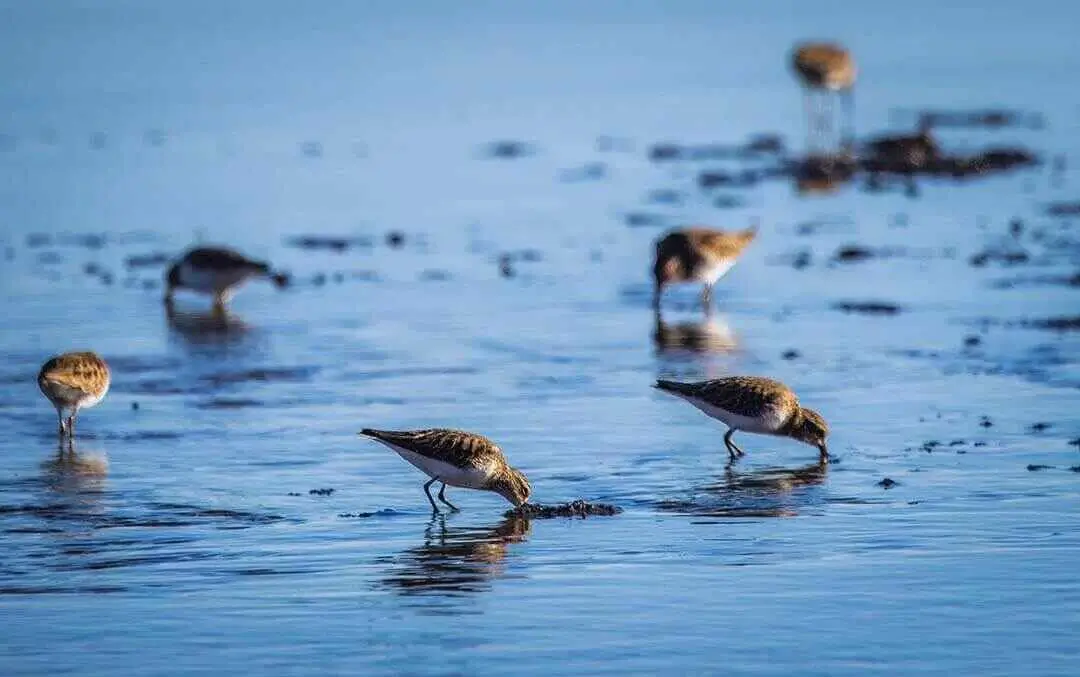
Turkana is an extremely important waterbird site: 84 water bird species, including 34 Palearctic migrants, have been recorded here. Over 100,000 Calidris minuta may winter, representing more than 10% of the entire East African/South East Asian wintering population.
Read More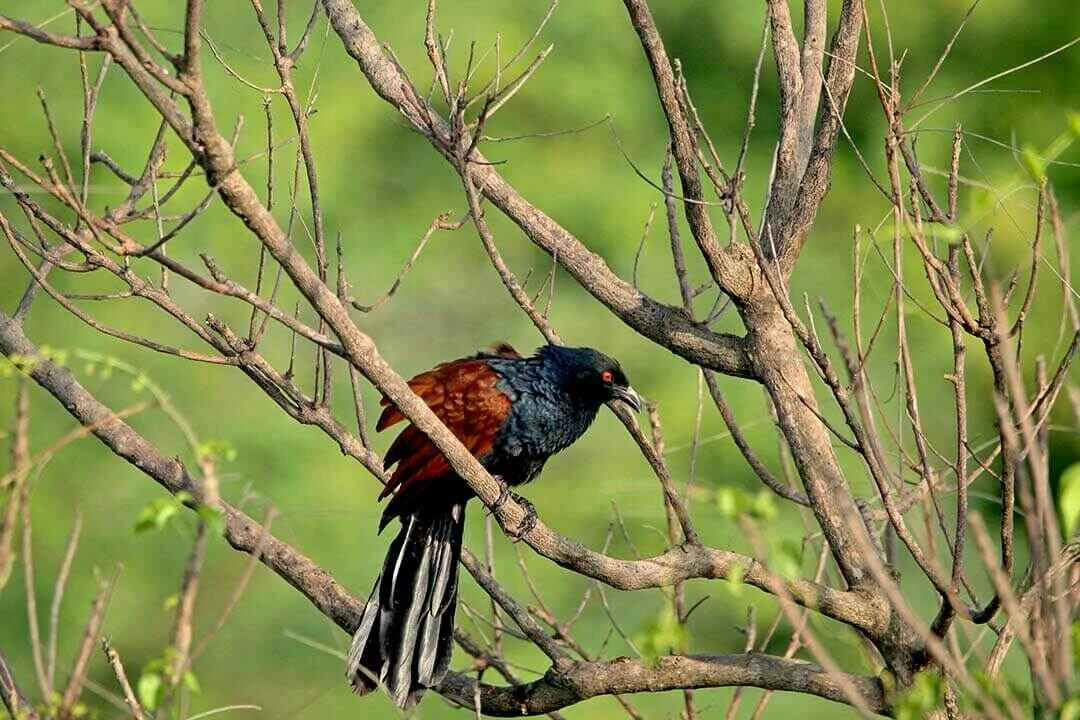
The Mara's extensive grasslands are a stronghold for the threatened, migratory Crex crex and the near threatened, restricted-range Euplectes jacksoni. The woodlands around the reserve are probably the centre of abundance for the threatened, restricted-range Prionops poliolophus.
Read More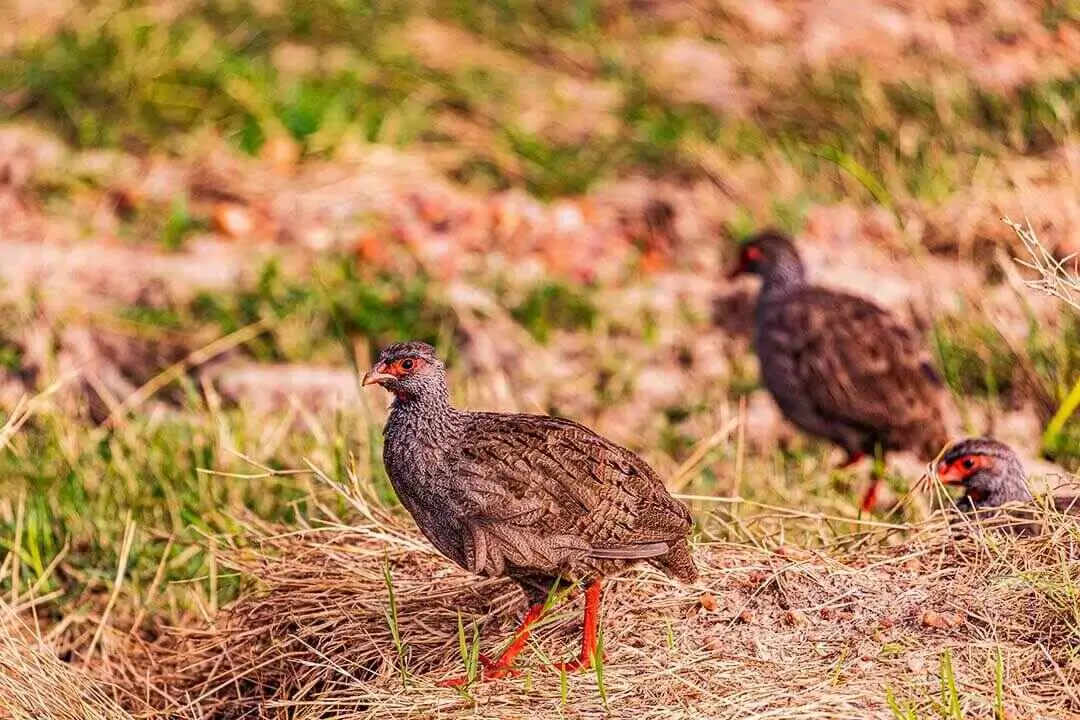
A number of regional endemics occur such as Tauraco hartlaubi and the restricted-range Cisticola hunteri and Francolinus jacksoni. Regionally threatened species include Hieraaetus ayresii (scarce and local), Stephanoaetus coronatus (resident in small numbers), Tyto capensis (no recent records), Bubo capensis, Glaucidium tephronotum (fairly common), Indicator exilis, Sheppardia polioptera (uncommon and local), and Campephaga quiscalina (uncommon resident).
Read More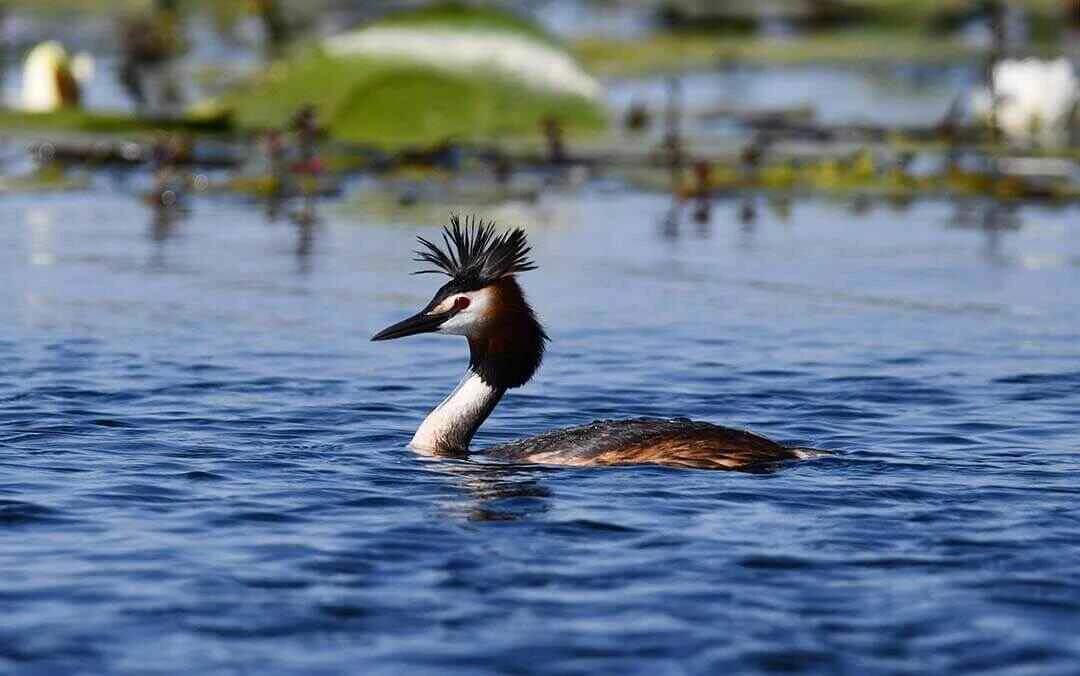
Key species here include Macronyx sharpei and Cisticola aberdare both known to occur, but their current status and distribution within the Important Bird Area are unknown. Falco naumanni is a formerly regular Palearctic passage migrant, and Gallinago media is an uncommon Palearctic winter visitor.
Read More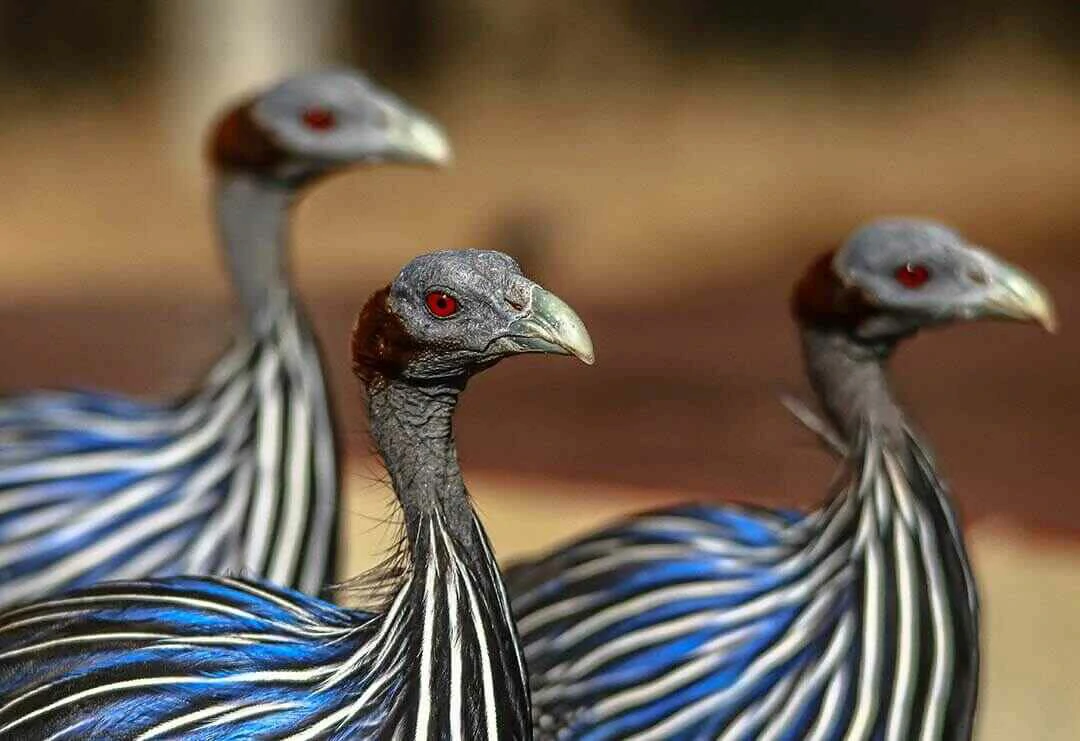
Meru offers good bird watching throughout the year, but the best time is from November to April when the migrants from Europe and North Africa are present. This coincides with the breeding season when many species are nesting. Although good for birding, April tends to be very wet and is a less productive time for wildlife viewing.
Read More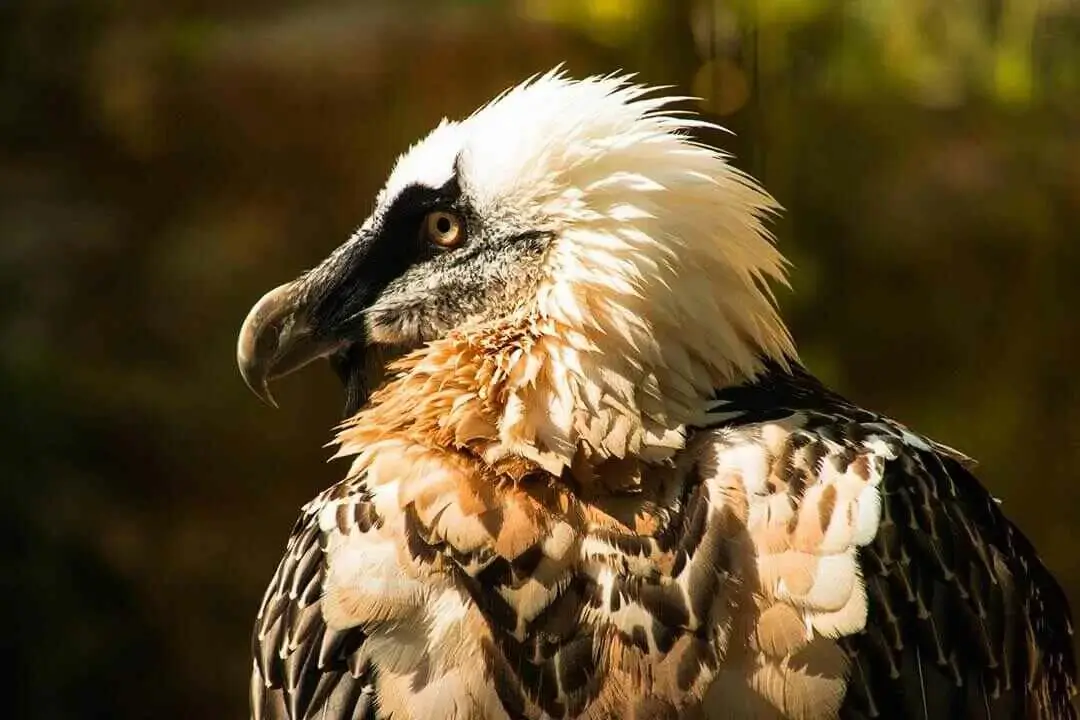
Mount Elgon National Park is home to 305 species of birds most of which are only found, Jackson's and Moorland Francolins, endemic to Kenya, Hartlaub's Turaco, Black-collared Apalis, and Streaky-headed Seedeater.
Read More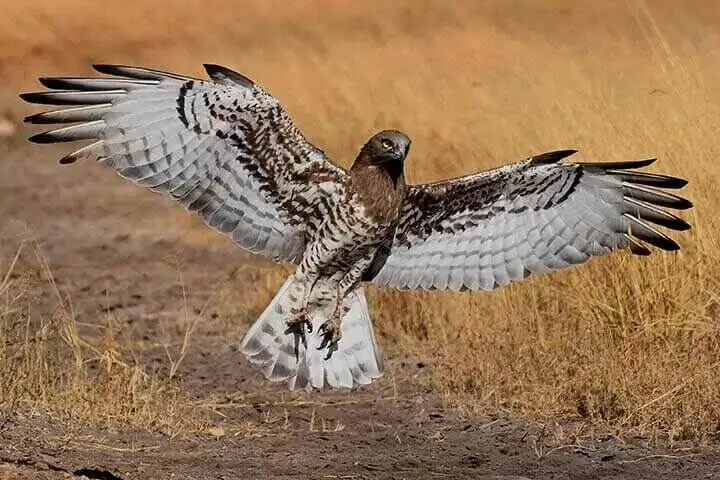
Mount Kenya National Park is home to 305 species of birds most of which are only found, Jackson's and Moorland Francolins, endemic to Kenya, Hartlaub's Turaco, Black-collared Apalis, and Streaky-headed Seedeater.
Read More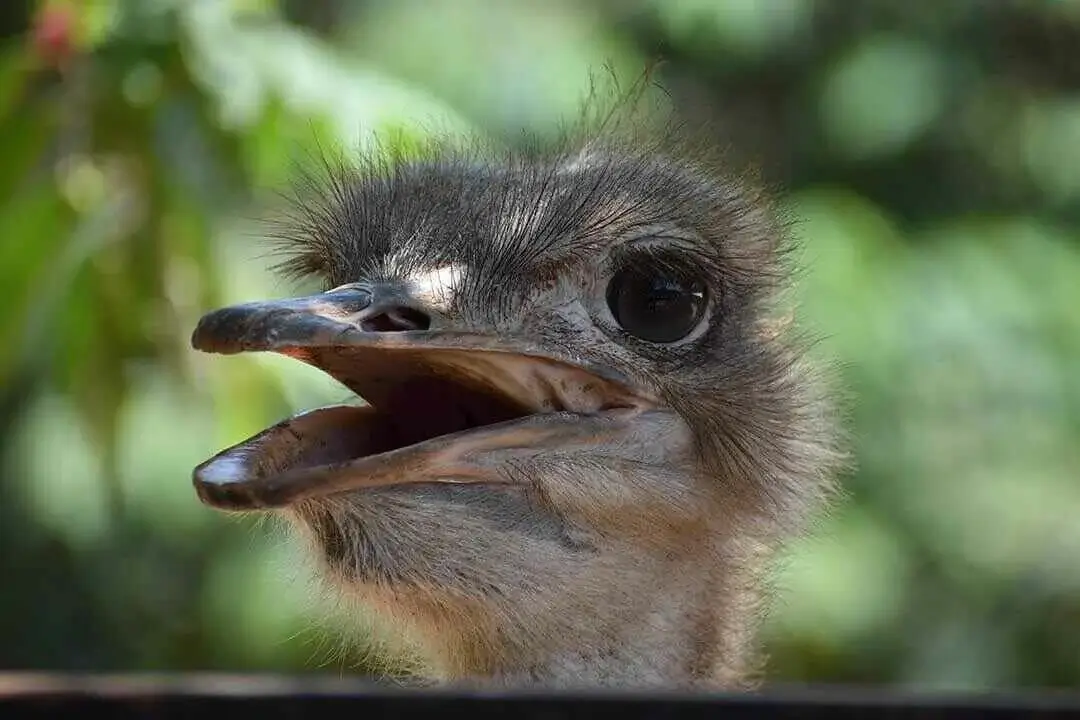
Nairobi National Park is an important roosting site for Falco naumanni flocks on passage (up to 5,000 have been recorded), although numbers have declined markedly in recent years. The substantial area of undisturbed grassland is of great importance for species such as the restricted-range Euplectes jacksoni, which breeds here regularly after good rains
Read More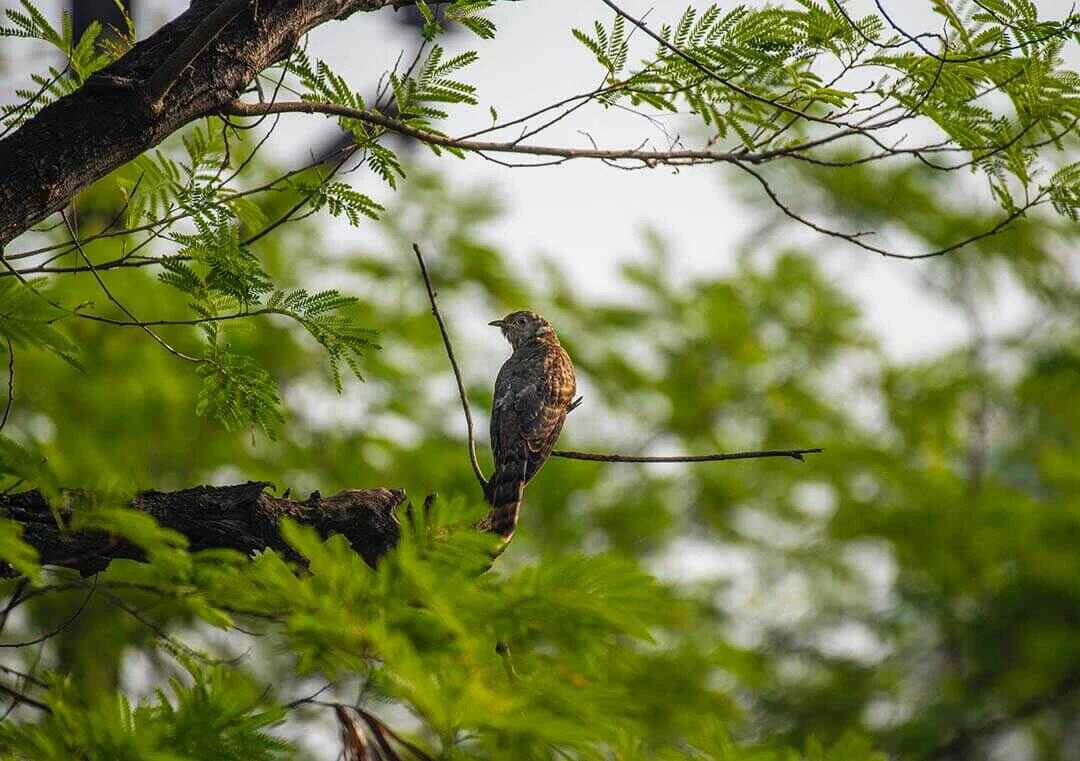
Ruma National Park is a birding destination with over 400 species of birds recorded in the park, making it an important bird area, the rare intra African migrant, the blue swallow is one such avian species.
Read More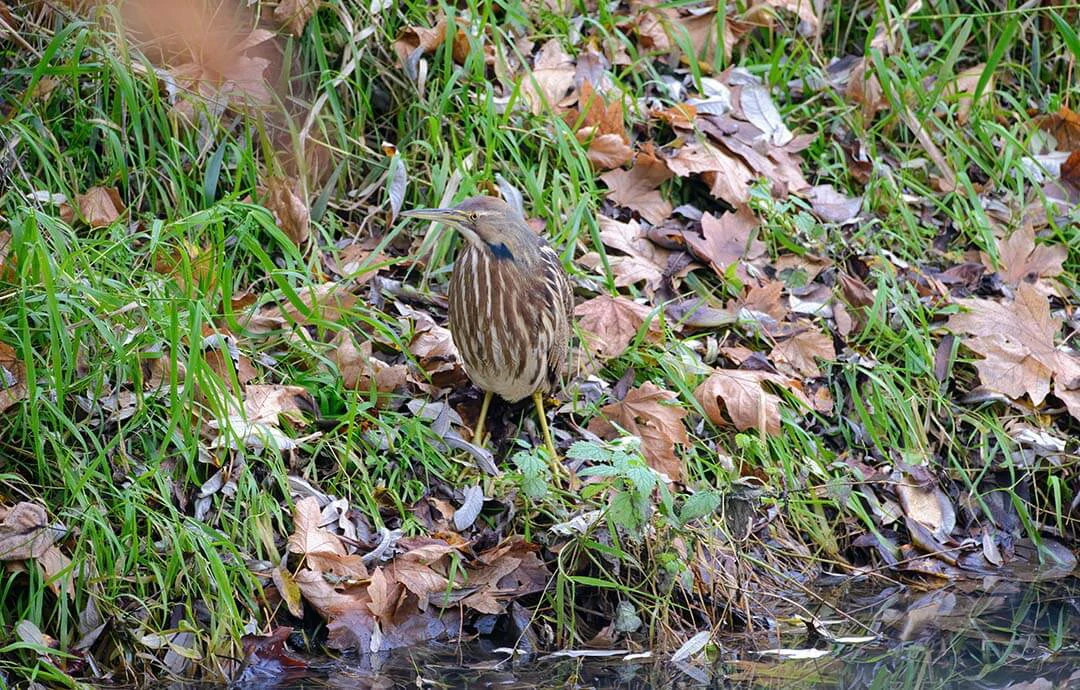
Saiwa National Park Birds include, Dwarf Bittern, Western Reef Heron, Goliath Heron, African Fish Eagle, African Marsh Harrier, Bat Hawk, Wahlberg's Eagle, Allen's Gallinule, African Green Pigeon, Ross's Turaco, Blue-headed Coucal, Narina Trogon, Abyssinian Roller, Mustached Green Tinkerbird, Slender-billed Greenbul, Grey-winged Robin-Chat, African Thrush, White-browed Crombec, Black-throated Apalis, Black-throated Wattle-eye, African Blue Flycatcher, Brown Flycatcher, Yellow-billed Shrike, Marsh Tchagra, Bronze Starling, Heuglin's Masked Weaver, Hartlaub's Marsh Widowbird Black-bellied Seedcracker
Read More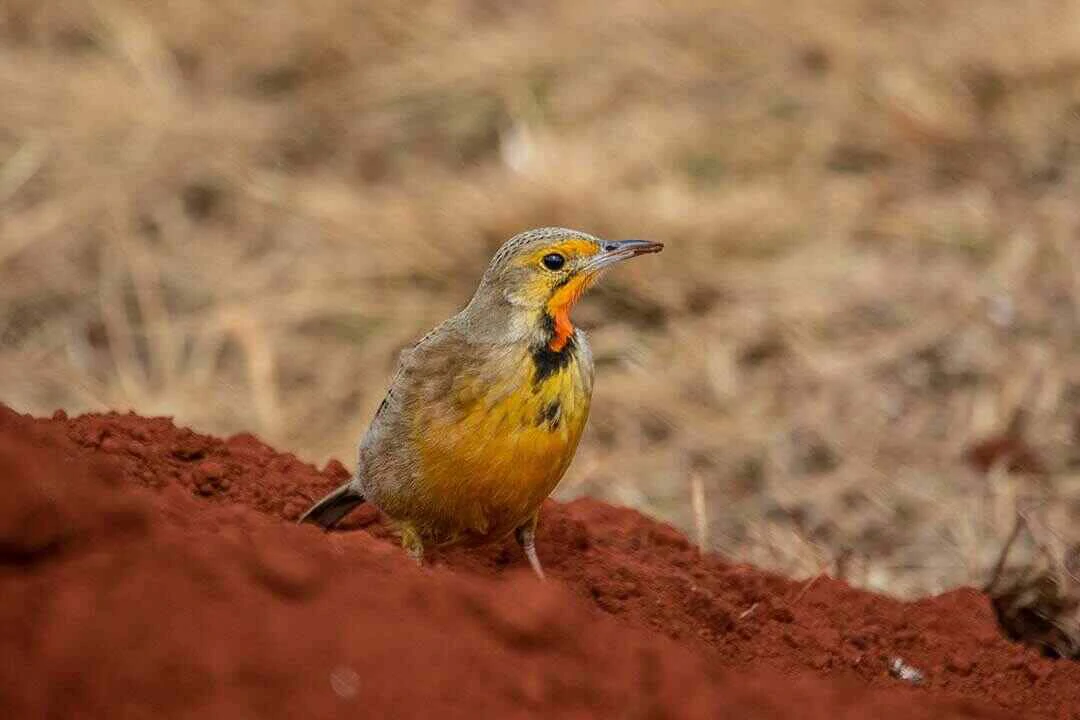
Tsavo East National Park is the one of the best birding safari destination in Kenya and the entire East African region. It has many dry- country specials which are easy to spot, including the bravura golden- breasted, golden pipit and the Vulturine Guinea fowl. The park is also south most known for the Somali ostrich.
Read More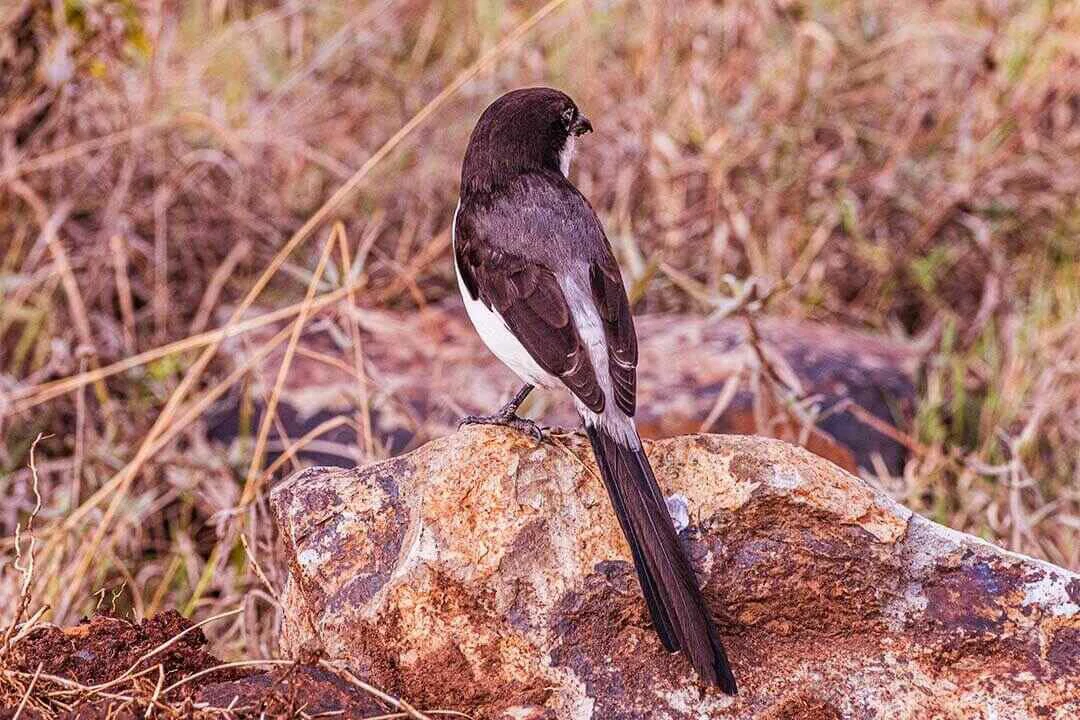
Tsavo West has a rich avifauna. The enigmatic, Near Threatened Mirafra pulpa has been recorded singing and displaying in years of good rains, and presumably nests here. Tsavo West forms part of a corridor of natural habitat in eastern Kenya through which vast numbers of Palearctic birds migrate, especially in November and December.
Read More